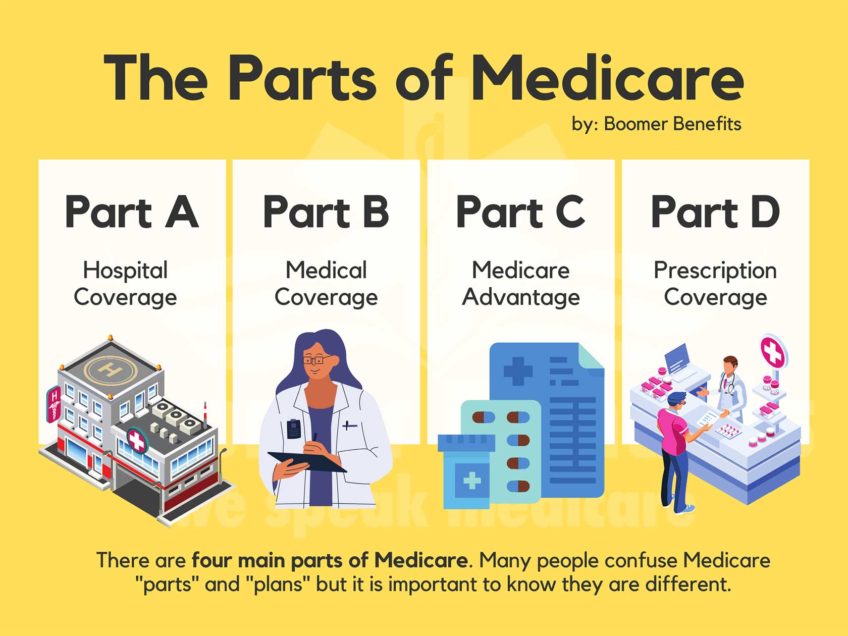Local health advocates and community leaders gathered at Simmons College last Saturday to address the problem of racial disparities in clinical research, discuss ways to close the gap and educate the public about how more accurate ethnic representation can lead to better health outcomes for all.
The Annual Workshops to Advance Clinical Research Education (AWARE) are held by the Center for Information and Study on Clinical Research Participation. Held in metropolitan areas, the educational programs are free, open to the public and intended to shed some light on the clinical research process.
According to the center, surveys show that many people believe the process is important, but most — including those in minority communities — don’t know much about it.
“We are trying to get people in traditionally underrepresented communities to consider clinical research and what their legal rights are if they participate,” said Gerald P. Koocher, Ph.D., dean and professor of the School for Health Sciences at Simmons College. “One of the problems stems from the 1970s when the majority of participants were white males. Today researchers are required by law to include more women and minorities in their studies.”
That requirement was part of National Institutes of Health (NIH) guidelines established in 1987 for including more minorities in government-funded clinical studies. Those guidelines do not apply to industry-funded research, however, and the result has been an underrepresentation of ethnic and racial minorities.
Koocher said he attributes the racial gap in clinical testing in part to blacks’ historic distrust of the U.S. health care system. For many, that leeriness stems from the Tuskegee syphilis study, one of the best-known examples of unethical clinical research experimentation in the 20th century.
The study recruited 399 poor, mostly illiterate black sharecroppers with syphilis and 201 who did not have the disease. Its purpose was to allow doctors to study the natural progression of the ailment if left untreated; the study was initially projected to last six months, according to the federal Centers for Disease Control and Prevention, but lasted nearly 40 years. Even after it was discovered in 1947 that penicillin could cure syphilis, the trial participants were not given treatment. The trial continued into 1972, ending only after newspaper reports led to public outcry. By then, many of the men and their infected family members had died.
Times have changed greatly, according to Koocher.
“There are much more protections against unethical testing today,” Koocher said. “There are strict measures in place today that make it almost impossible for another Tuskegee to happen today.”
Koocher said that potential trial participants can ask their primary doctor what tests are available. Once it is determined that a patient is eligible to participate in a trial, the doctor is required to provide appropriate consent forms and any pertinent information necessary for the individual to choose to enter the trial. The doctor is also required to make sure that proper interpretation be provided to explain any form if the patient’s first language is not English.
Whatever the reasons for the disparity, the statistics bear out its persistence. Blacks, Hispanics and Asians made up one-third of the U.S. population in 1999. Only 8 percent of research participants in that year were minorities, down from 12 percent from 1995, according to First Clinical Research, a research review and consulting group. Black participants accounted for 11 percent of all patients in cancer trials in 1996; by 2002, the share was down to 8 percent.
Underrepresentation in clinical research can have serious health ramifications. Koocher said it was assumed years ago that prostate cancer rates for black and white men were the same — until further investigation revealed that because there were not enough black male participants in prior trials, the health needs of black men were not being addressed accurately.
“Everyone will benefit from a well-run study in the long run,” said Koocher.

![Banner [Virtual] Art Gallery](https://baystatebanner.com/wp-content/uploads/2024/05/Breathe-Life-4-ToGetHe_WM-150x150.jpg)




